6 Risky Fish You Should Never Eat
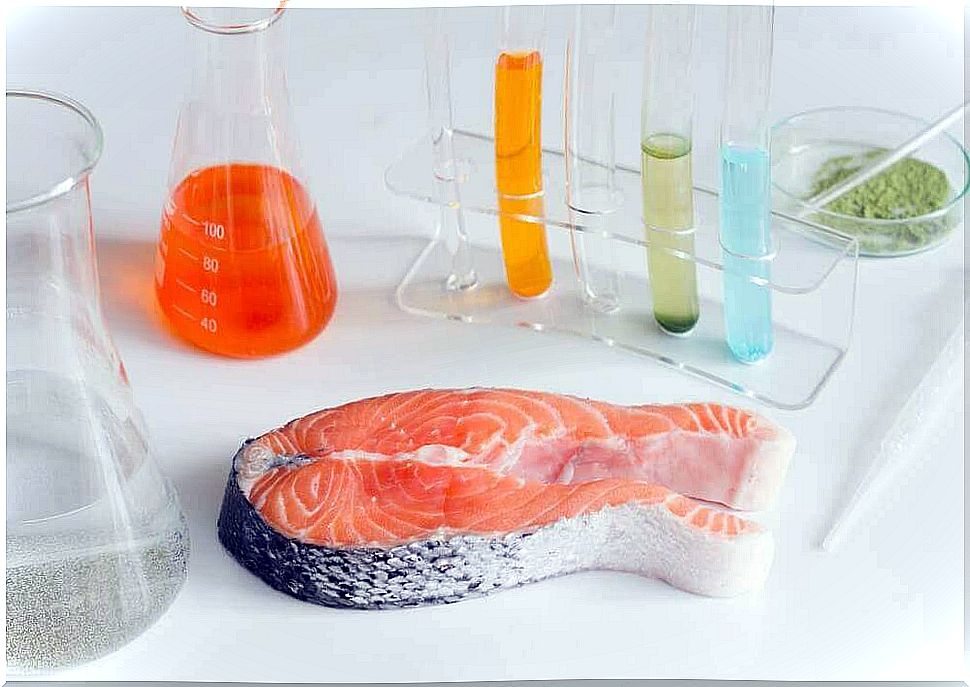
Fish is one of the healthiest and tastiest foods in the world, making it a logical addition to our regular diet. In fact, it is often a link to good health. That gives doctors and nutritionists more than enough reasons to consider it a recommended product. However, there are also many negative things associated with certain fish species, which most people are not aware of. One of these risks is mercury.
Mercury and fish
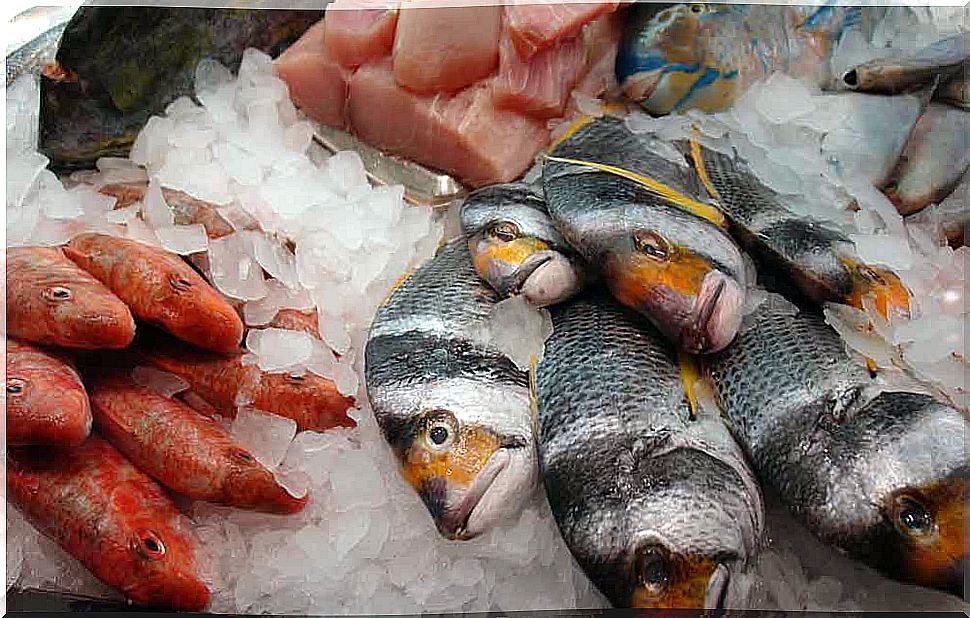
Over the years, there have been several studies confirming the presence of heavy metals in fish. Of these heavy metals, methylmercury is a very important one. Methylmercury is an organic compound derived from mercury.
It is quite a dangerous component for humans when we eat fish that contain a high mercury content.
However, mercury is not the only thing that can affect human health. There are also other types of harmful products in fish fat. They are harmful elements due to pollution that come from the environment of the fish.
Objects such as plastic or strong chemical elements are responsible for contaminating the fish that ends up on the table as part of a “healthy” dinner.
In addition , the human body cannot process elements such as mercury. The metal builds up in the body until it reaches a level that is dangerous to the body.
Risky Fish You Should Avoid Eating
We know that certain poisonous fish species exist. But we also need to know which fish species are most affected by mercury. We’ve listed the riskiest fish species below.
1. Red Tuna
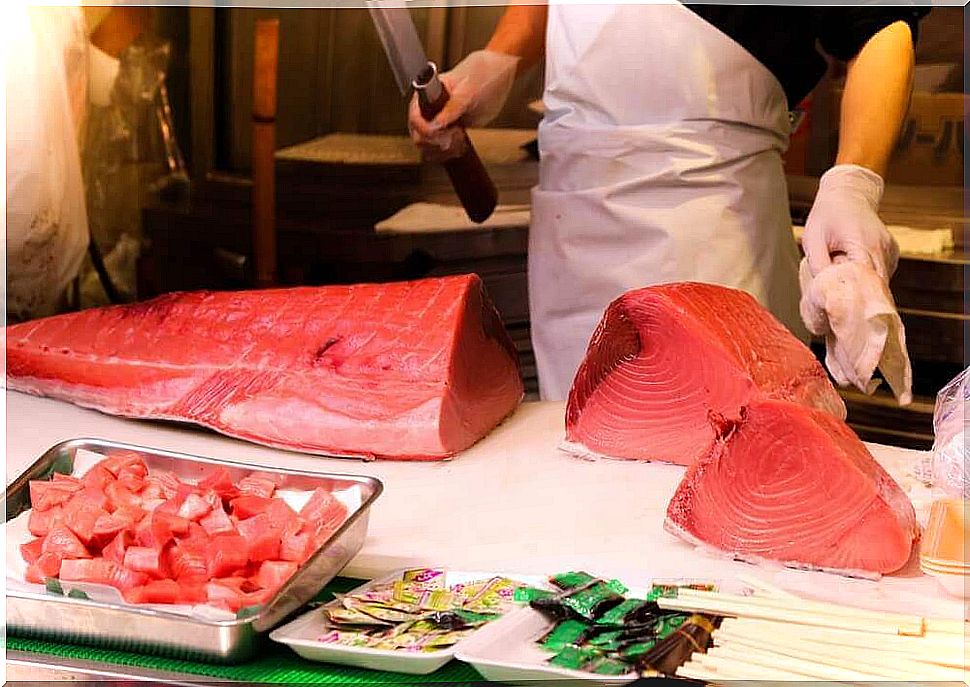
Red tuna is one of the most popular fish in the fishing industry and there are several types. Given the dangers of mercury, people should not eat red tuna regularly.
This warning is mainly aimed at children and pregnant women. We should eat this fish at most once a week.
2. Pangasius
On the list of the world’s most risky fish species, we find the pangasius. It is from Vietnam and it has become popular with diners because it is easy to eat.
Because it has no bones, it can be eaten effortlessly. As with the flounder and plaice fish, you can also eat it as a fillet. However, eating pangasius is cheaper. Despite the convenience and price, the fish lacks nutrients. For starters, pangasius is low in omega-3 fatty acids.
In addition, most pangasius is contaminated with a pesticide called trifluralin. This is a substance that can be harmful to human health.
3. Spiny shark
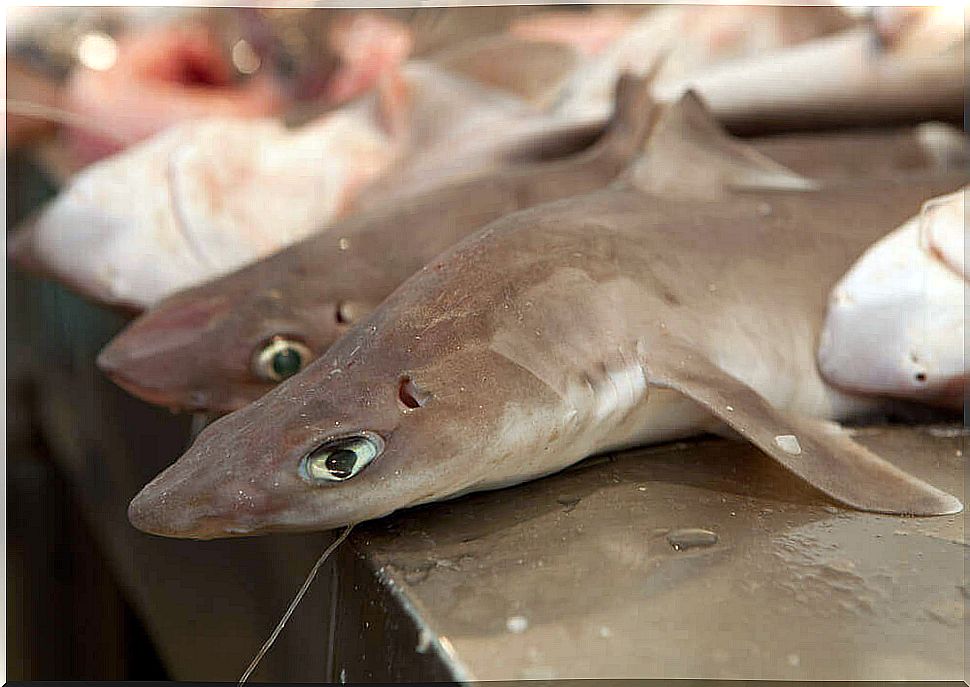
This fish is one of the most common types of fish in Spanish cuisine. It is even used as a cheaper alternative to swordfish. However, its large size has a major drawback.
Due to its size, cadmium (a harmful metal) and mercury are stored in the adipose tissue. Neither of these metals have many health benefits to offer, so avoiding their consumption is the best option.
4. Mackerel
Mackerel is eaten regularly in many places, especially in restaurants. Despite their popularity in gastronomy, the World Health Organization (WHO) has labeled it a dangerous food.
This high-risk fish contains one of the highest amounts of mercury in the flesh. With that in mind, it’s smart to avoid mackerel, or at least eat it very occasionally.
5. Tilapia
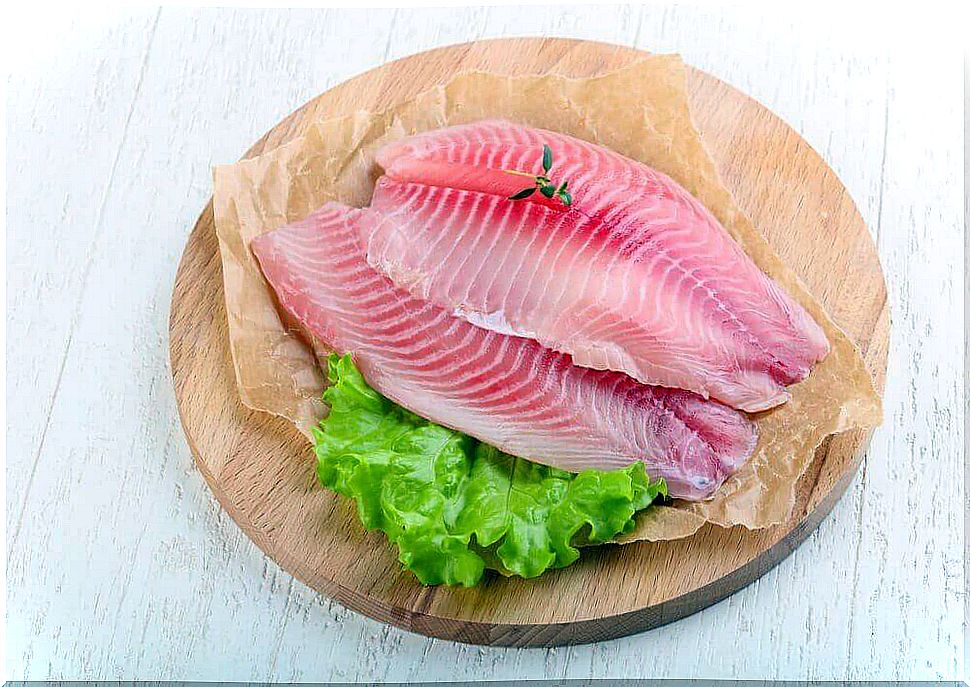
If the previous fish (mackerel) is often eaten, what can we say about tilapia? It is undoubtedly one of the most common fish species. This is true at the levels of fishing for it as well as its trade and consumption.
Despite the mundaneness of this fish, it is also one of the most risky fish species for human health. It is made worse by the fact that tilapia has a very high fat content. It is even similar to lard. Eating these foods leads to high cholesterol, especially LDL, or “bad cholesterol”.
Keeping this in mind, you should try to eat less tilapia. This is especially true if you have arthritis, asthma or heart disease.
6. Swordfish
The swordfish takes advantage of its large size and feeds on other, smaller species of fish throughout its life. As a result, large amounts of fat are stored. That fat can also contain large amounts of mercury.
Given those high levels, it’s best to avoid eating swordfish and completely remove this fish from the menu.









